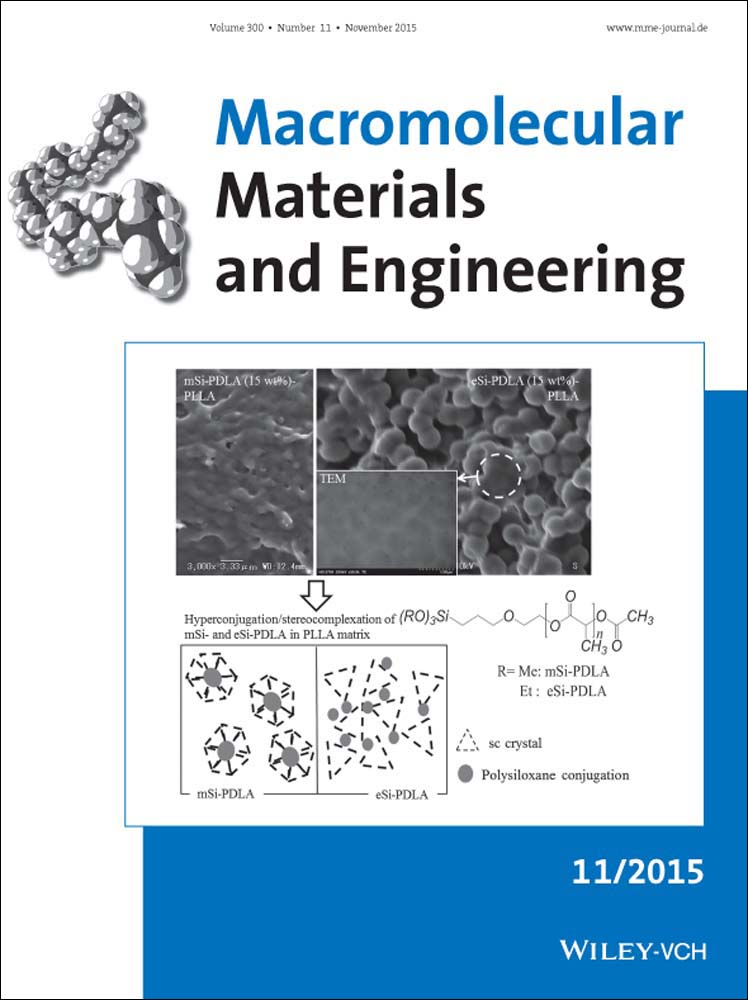Quantitative Correlation Between Cross-Linking Degrees and Mechanical Properties of Protein Films Modified With Polycarboxylic Acids
Abstract
For the first time, mechanical properties of cross-linked protein products were quantitatively correlated with cross-linking degrees and molecular structures of polycarboxylic acids. Non-toxic polycarboxylic acids could effectively improve performance properties of multiple protein products via cross-linking. However, the reaction mechanism and relationship between reaction and performance properties remained unclear. In this study, the cross-linking reaction between gliadin, and polycarboxylic acids was verified. Natural logarithm relationship was found between the cross-linking degree and tensile strength of protein films. The polycarboxylic acids with more carboxyl groups and shorter backbones could more effectively increase the tensile strength of gliadin films.




